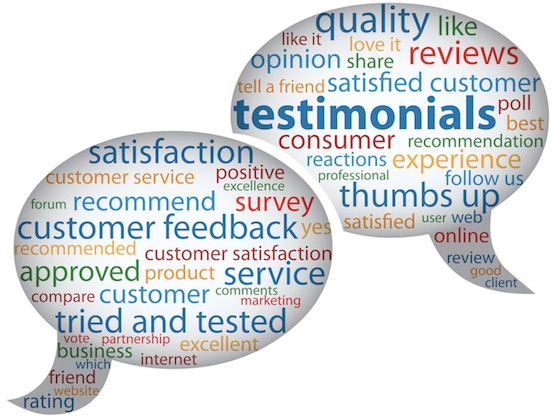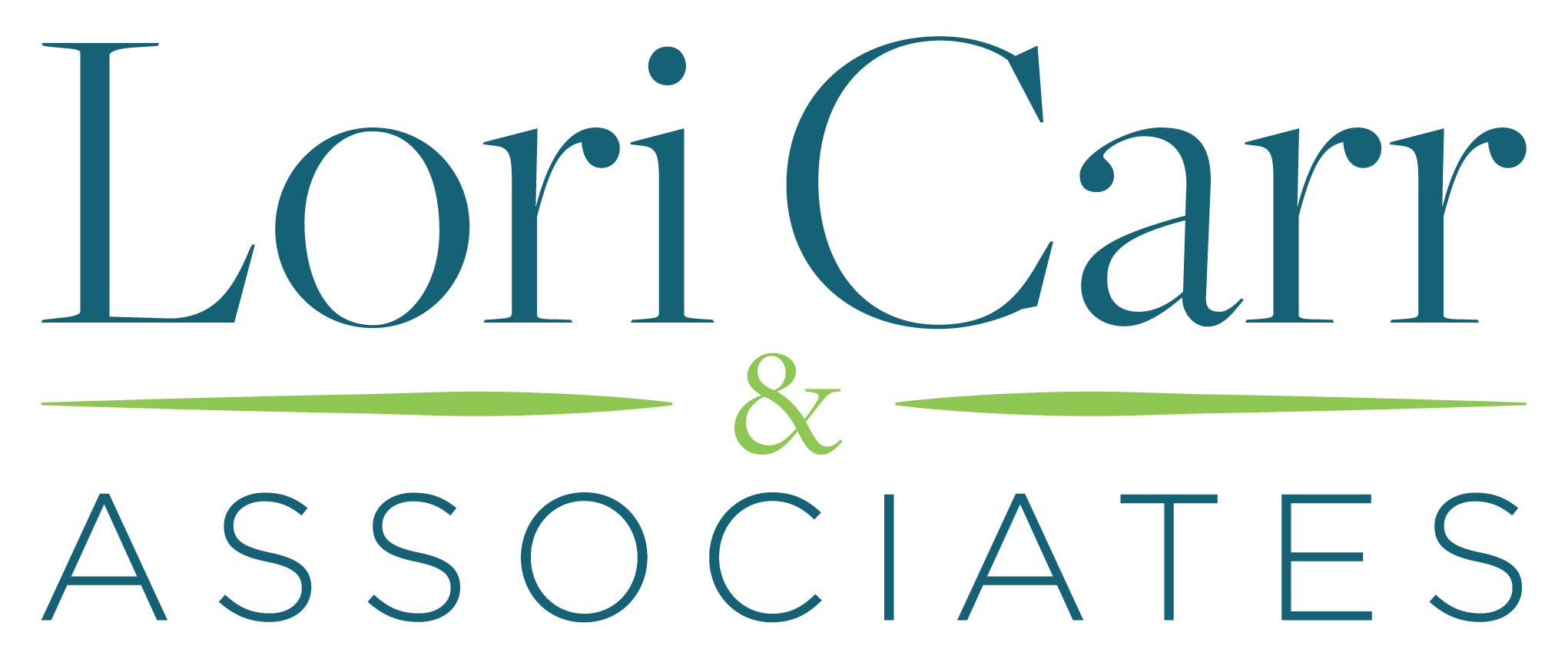- Want to learn more?
- [email protected]
Can We Talk? Why VoC Programs Work

Lead or Follow? Company Alignment Sets CX Pace
April 9, 2015
The CX Rx for a Chiropractic Wellness Center
April 21, 2015Can We Talk? Why VoC Programs Work

I emphasize VoC program development as a key retention strategy because I know the value of loyal customers. In many years of working with executives, I’ve seen far more forward movement by CXO company leaders who embrace customer experience strategies in relevant ways, making smart investments that lead to positive, provable, profitable impacts for both customer and company.
Driving those decisions are two realizations: that customers today have more influence than ever before, and that loyalty is created through long-term customer relationships in which reciprocity and a give-and-take attitude create value beyond what was previously imagined.
In the marketplace of customers, you can be certain that each one is highly informed before they purchase—then even more so after the purchase—and has sky-high expectations that rise further over time. This reality is out of your control, but it requires an appropriate response.
Here’s what I mean: Customers inevitably impose their needs and wants on your company in ways that are most convenient and beneficial for them. Your job, in turn, is to attain a complete understanding of your customers’ sentiment, so that you can then apply the “gift” of their insights to effect company-wide changes that create maximum value and ensure delivery of a consistently exceptional (not “standard”) customer experience.
 Do you listen to your customers? Do you understand what they want and don’t want? Do you act on their feedback to improve your products and their business outcomes? Do you tell customers how you used their input? Do you share your exciting visions of the future with them?
Do you listen to your customers? Do you understand what they want and don’t want? Do you act on their feedback to improve your products and their business outcomes? Do you tell customers how you used their input? Do you share your exciting visions of the future with them?
95% of companies collect customer feedback. Yet only 10% use the feedback to improve, and only 5% tell customers what they are doing in response to what they heard.—Gartner Group
Unfortunately, your company (like many others) is probably not taking advantage of the benefits produced by a comprehensive VoC approach—and as a result, you’re losing customers to competitors.
One of the best customer retention strategies you can employ is a high-quality, well-thought-out VoC program that (1) complements and raises employee abilities and (2) is supported by a carefully selected technology platform (either complementing or replacing existing in-house technology) that fits your company environment and goals.
A good VoC program combines effective processes and technology to capture and aggregate customer perspectives over time through continuous “listening.” Customer surveys, call centers, forums, and social networks yield overabundant—but crucially important—customer feedback in both structured form (e.g., responses with pre-specified parameters) and unstructured form (e.g., verbatim comments and linguistics). These populate the “executive dashboards” that provide visual customer sentiment information to help companies make faster, more informed decisions. Currently evolving VoC platforms provide sophisticated capabilities to synthesize this mass of data into pinpoint observations that can be acted upon to achieve desired results.
To illustrate, meet Paul Elworthy, Virgin Media’s Head of Customer Experience Strategy and winner of Customer Experience Magazine’s “best customer insight” award. In an interview with the magazine, Elworthy provided some clues as to what keeps Virgin Media at the top of its game: “We have become expert at collecting structured data and blending it with unstructured data and internal KPIs to reach a superior understanding of CX cause and effect.”
Elworthy noted that the most valuable information is not gathered at the point of data collection, but rather in the ensuing phases of interpretation and application. Using their blended-data approach in conjunction with direct customer communication and a “Finding Your Focus” program, which immerses senior managers in various other roles entailing direct customer contact, has created a unique and successful VoC experience for Virgin Media.
 The biggest single driver of improved customer experience is whether the company sees customer insight as a vital factor for business decision-making. Recognizing that this type of customer advocacy is a key lever for growth will influence where and how the company’s investments are made.
The biggest single driver of improved customer experience is whether the company sees customer insight as a vital factor for business decision-making. Recognizing that this type of customer advocacy is a key lever for growth will influence where and how the company’s investments are made.
Keeping in mind that effective VoC programs take time and commitment to implement, I encourage you to persist and move forward, focusing on methods to:
- Listen to customers, interpret and analyze their feedback, and take action accordingly (either immediately or in future planning).
- Show customers that you care enough to use their input, enabling them to realize product value, achieve their own business outcomes, and have an exceptional customer experience with your company.
- Establish a company-wide, closed-loop feedback mechanism for identifying, communicating, and resolving customer dis-satisfiers.
- Link dis-satisfiers directly to specific points in your customer journey maps, facilitating faster problem isolation and more targeted solutions.
- Foster organizational collaboration through shared priorities, team solution creation, and collective accountability for customer loyalty.
- Empower employees by giving them authority to make coordinated change on behalf of customers.
Establishing and enacting the above methods serves the ultimate objective of your VoC program: improving retention through customer engagement, satisfaction, and loyalty. By collecting insights from your company’s most valuable asset—your customers—you can help your business to grow in alignment with their needs, often in real time, making them happy, vocal advocates on your company’s behalf.
Your picture of the future becomes much clearer when you understand what the customer wants. Let the customer lead you, and you’ll be pleasantly surprised by the places your business can go.
Stay tuned over the coming weeks as I delve more deeply into these key elements. This eight-article series will give you valuable insights and guidance as you plan, develop, and implement your own customer experience strategy.
Ready to move forward more quickly? Interested in personal assistance? Let’s chat. Please sign up for my complimentary 30-minute Customer Insight Strategy Session by calling our office at 617.848.4589 or emailing [email protected].
Lori Carr is a customer experience pioneer and expert. Working with Fortune 500 companies for the past 25 years, she helps popular brands and emerging brands to dramatically increase retention, loyalty, and profitable revenues.




